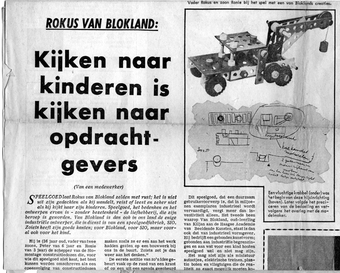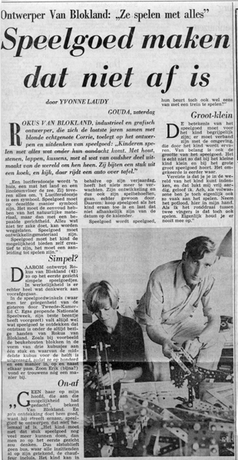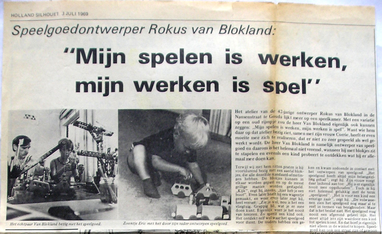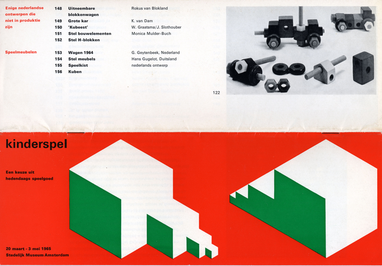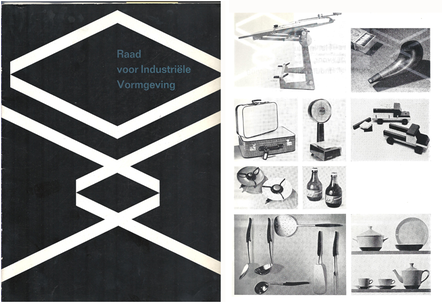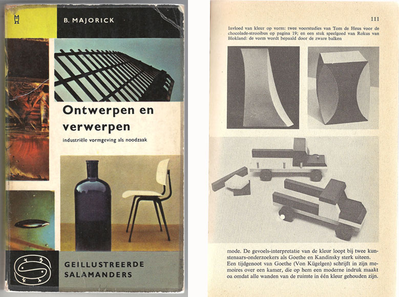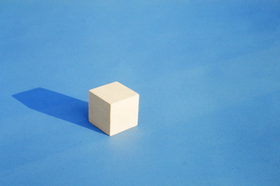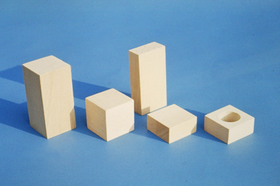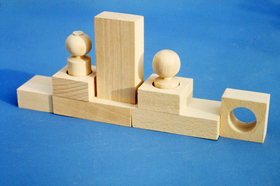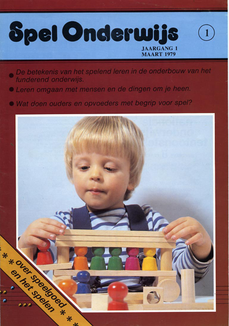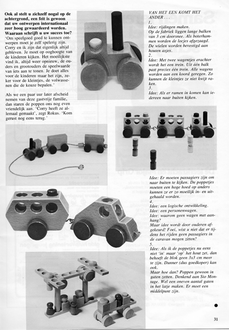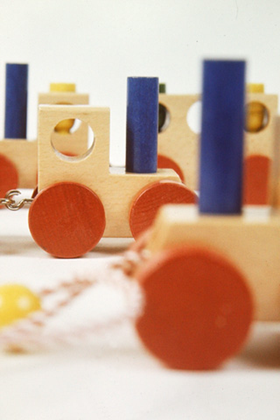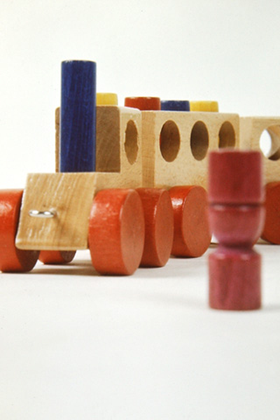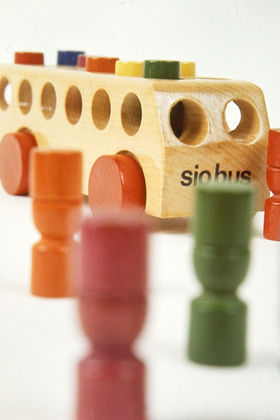Toy Design
Children set high standards for toys. It is often used very intensively within only just a few years. Sometimes the playing is shortly extended with the arrival of a sibling.
Due to this intensive use, toys generally do not get old. After the first generation it literally has been used up.
Good industrial design for children is very important but unfortunately not often taken seriously, users are indeed 'only' children.
Only rarely Industrial Design for children is shown between design for 'grown ups'.
The Stedelijk Museum Amsterdam payed attention to design for children with the exhibitions 'Childs' Play' in 1965, 'Designers of today and tomorrow' in 1968 and 'Designs for Children' in 2002.
Toy Design
Through the years Rokus and Corry regularly gave their view on toy design in interviews and written texts. Below are some quotes from these articles and texts about Rokus and Corry, toys and toy design.
Looking at children is looking at clients
Het Parool, decembre 1st 1962
Toy design is watching children and play with children. The child is the client, but one who can not describe the job accurately. You must learn to look at eye level of children and thereby translate their abstract wishes into shape.
Toy design should be done with pleasure, otherwise it will not work.
Making toys which are not finished
The Telegraaf, June 15, 1968
*Toys should be a symbol. It must have the simplicity of the natural material, but with a particular orientation. Anything that is irrelevant, can be omitted. Toys should be developing material.
Toys should allow the child to be creative, it must lead to play.
The richer the play opportunities, the more interesting the toy is. Manuals are only to help the child on the way.
The significance of the toy must be understandable to the child; there must be a relation to the environment which will be experienced by the child.
My playing is work, my working is play
Holland Silhouet, July 3, 1969
Toys for children is a serious matter. Adults see the toy still too much in terms of dealing. But it certainly is not. The toys should never be a complete whole. It should always be something that stimulates the child to play.
'Childs play', Stedelijk Museum, Amsterdam
Text of Corry and Rokus from the exhibition catalogue 'Childs play' in 1965, Stedelijk Museum, Amsterdam
Toys must have the simplicity of the natural material, but with a certain orientation. All that is irrelevant, can be omitted.
Toys are developing material. Always the requirement remains: that there is a possibility to apply their creativity.
Toys should be a reason to play.
The designer of toys should provide the material for children to play. With toys that its name is fully worthy;
good to play with. (in Dutch the word for toys is speelgoed, play well)
In 1972, at the invitation of the Faculty of Industrial Design at TU Delft Rokus van Blokland spoke as designer of Sio toys for a large group of students on the design and production of toys. This is in connection with an assignment that the students had to design a play object for children.
Here a few pictures from this lecture.
One thing leads to another
Spel onderwijs (Play Education), March 1979
In order to design good toys you should be playfull, which Corry and I always have been. You have to look at the eye level of the children. Ever again the hardest part is I think to show parents and grandparents the value of the toy. You do everything for the kids but it is the adults who make the choice.
Corry is often annoyed when parents who drive expensive cars and deny themselves nothing at home, complain about the "expensive" toys.
Toys that contribute to the development of a child is never expensive.
A child really does not need twenty dolls.
Designing is again and again an experiment with shape and color. Through the experiment, the shape grows. Each stage in the design process creates possibilities which lead to the next phase. One thing leads to another.
No part of the toys I design stands alone. In each piece I find leads for new designs.
